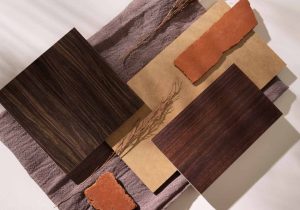
In the dynamic world of interior design, choosing the right materials is crucial for achieving a perfect blend of aesthetics and functionality. When it comes to selecting the ideal material for furniture, the debate between HDHMR ply (High-Density High Moisture Resistance) and BWP (Boiling Water Proof) plywood takes centre stage. Both materials offer unique attributes, and understanding their differences is vital for making informed decisions in interior design.
Let’s dive into the nuances of these materials to unravel the mystery behind their popularity in interior design.
HDHMR is gaining traction for its exceptional durability and moisture resistance. The high-density composition of HDHMR boards ensures greater strength, making it an ideal choice for furniture that undergoes regular wear and tear. Whether it’s kitchen cabinets or wardrobe shelves, HDHMR boards are designed to withstand the test of time.
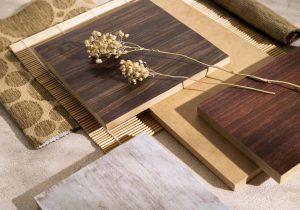
On the other hand, BWP plywood is renowned for its ability to resist water and moisture, making it an excellent choice for areas prone to humidity. This plywood variant is crafted with phenolic resins, ensuring that it can withstand prolonged exposure to water without compromising its structural integrity.
The term “HDMR Ply” often confuses consumers. It’s essential to clarify that “HDMR Ply” is essentially an High-Density High Moisture Resistance board, emphasising its plywood-like qualities. Understanding this distinction is crucial when navigating the choices available in the market.
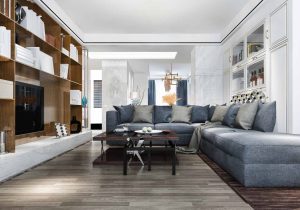
HDHMR boards, being high-density, are inherently more robust than traditional plywood. This makes them an excellent choice for furniture that requires enhanced strength, such as kitchen cabinets and wardrobes.
While both HDHMR and BWP plywood are designed to resist moisture, the former, with its high-density composition, offers superior protection against water damage. This makes HDHMR ply a preferred option for areas with high humidity levels.
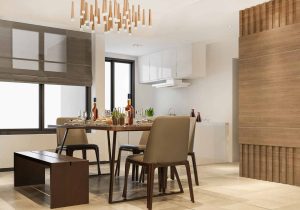
HDHMR boards are known for their versatility in design applications. Their smooth surface allows for seamless finishes, making them ideal for modern and contemporary interiors. BWP plywood, although functional, might be less versatile in terms of design aesthetics.
Understanding industry jargon is key to making informed decisions. “BWP” stands for Boiling Water Proof, a testament to its ability to withstand water exposure without losing structural integrity. This knowledge empowers consumers to choose materials that align with their specific needs.
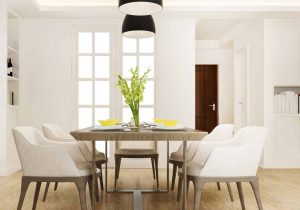
Renowned interior design firm Bonito Designs sheds light on the HDHMR ply vs BWP debate. Their experts emphasise the importance of considering the specific requirements of each project. While HDHMR is recommended for its strength and versatility, BWP plywood remains a go-to choice for areas with heightened moisture levels.
In the ever-evolving landscape of interior design, the choice between HDHMR and BWP plywood depends on various factors, including project requirements, budget constraints, and aesthetic preferences. Both materials bring unique qualities to the table, catering to different needs within the realm of furniture and interior decor. By understanding the distinctions outlined above, one can navigate the market with confidence, ensuring that the selected material aligns seamlessly with the vision for a functional and visually appealing living space.